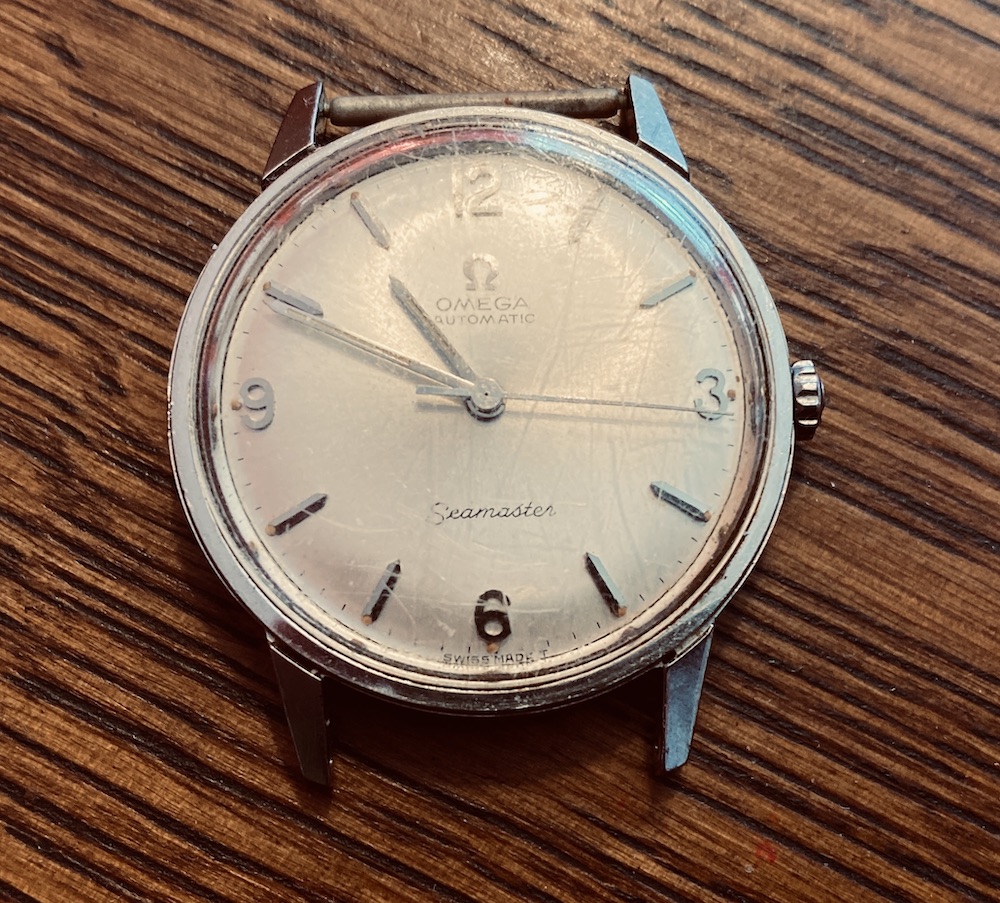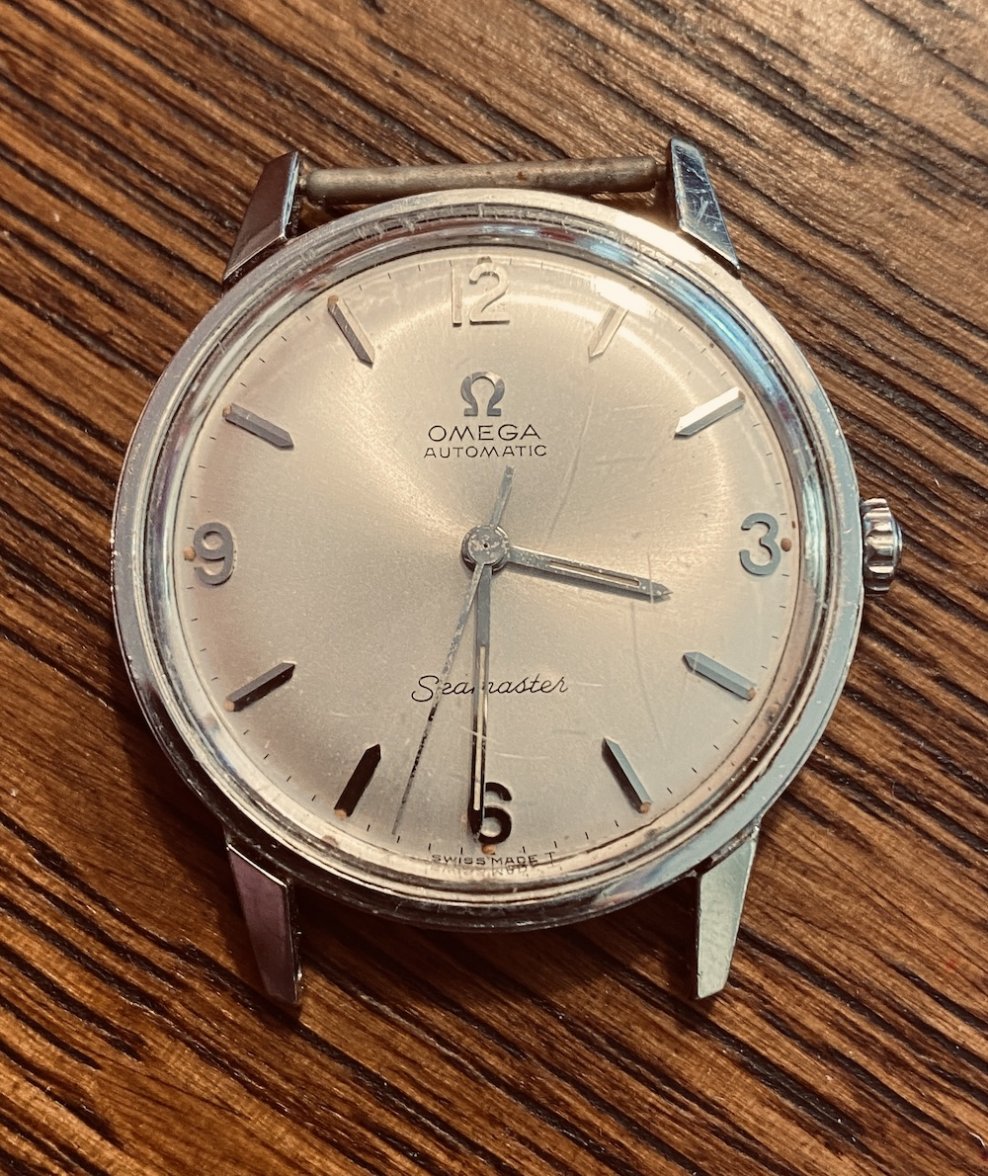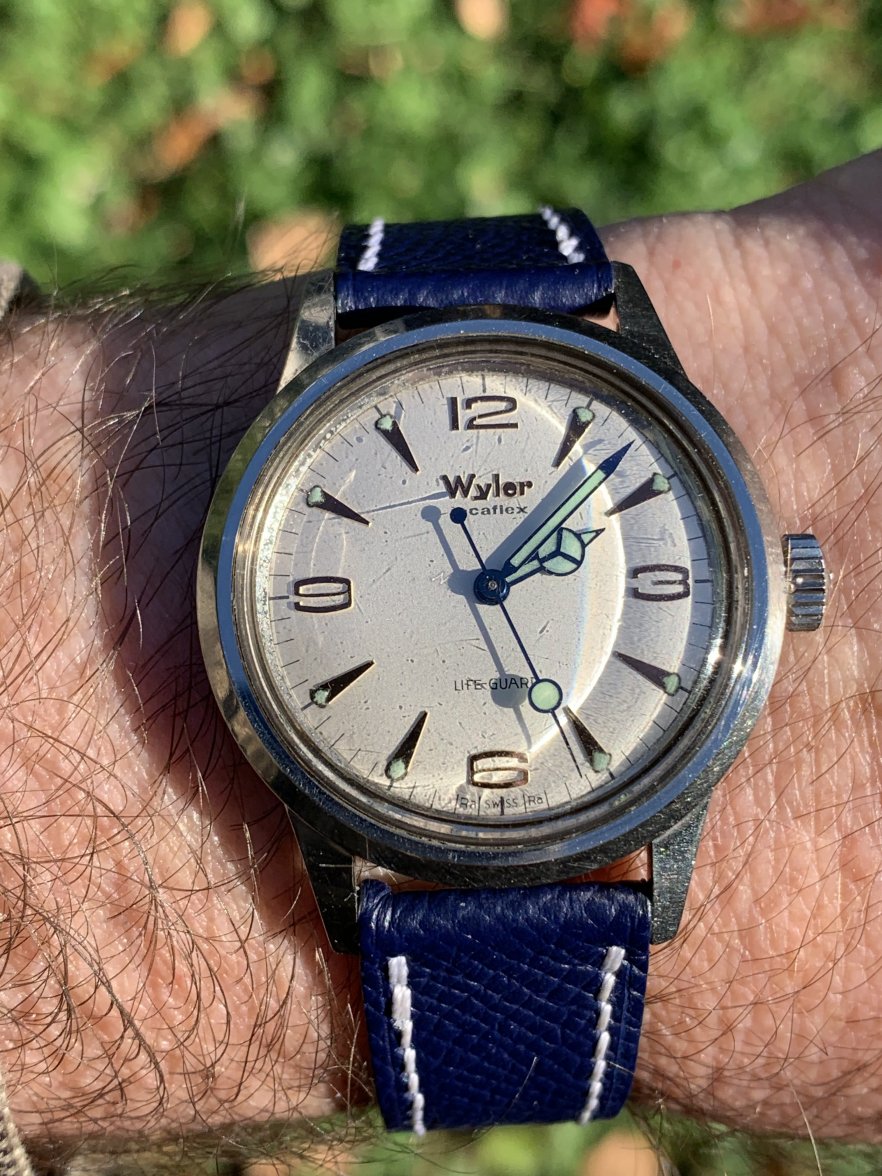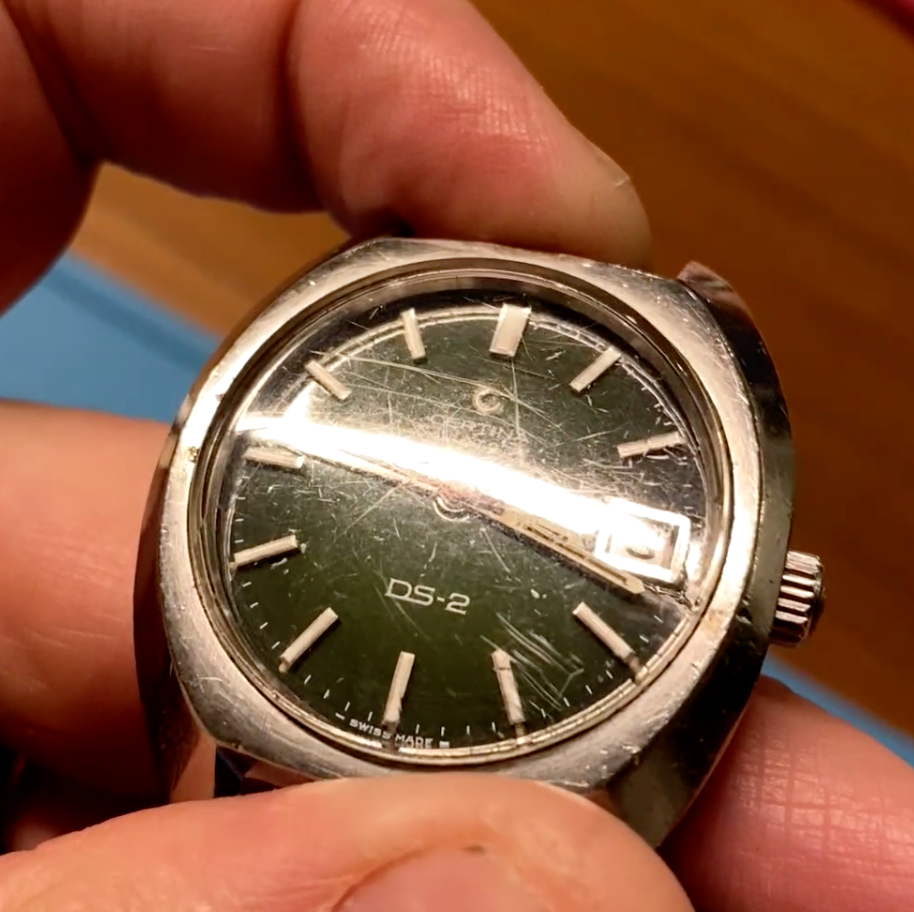- Posts
- 16
- Likes
- 4
AlanTheBeast
·Before:

I did an abrasive pass with 600 and then 2000 grit paper. Took out most scratches but some are too deep. Also not sure how to do the curved bits at edges. Probably leave that.
There was still a slight haze from the 2000 pass - it comes pretty clean with a drop of water and cotton buffing, but it's not 100%.
Then I hit with toothpaste and buffed.
Still seems to have a very light haze so hit it with the 2000 again and alcohol.
Still hazy. (oh so very little).
So hit it with "Silvo" and a cotton cloth.
World of difference. There are scratches remaining. Should I restart at 600?


I did an abrasive pass with 600 and then 2000 grit paper. Took out most scratches but some are too deep. Also not sure how to do the curved bits at edges. Probably leave that.
There was still a slight haze from the 2000 pass - it comes pretty clean with a drop of water and cotton buffing, but it's not 100%.
Then I hit with toothpaste and buffed.
Still seems to have a very light haze so hit it with the 2000 again and alcohol.
Still hazy. (oh so very little).
So hit it with "Silvo" and a cotton cloth.
World of difference. There are scratches remaining. Should I restart at 600?




